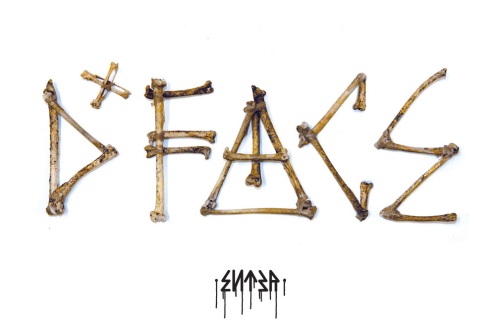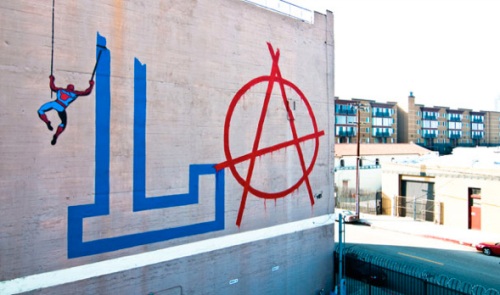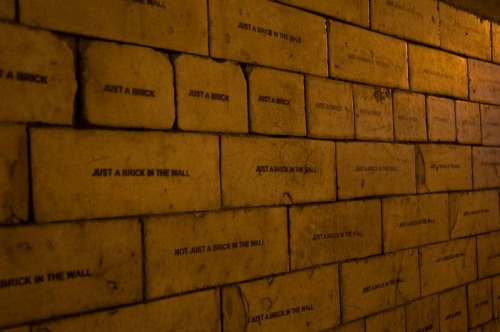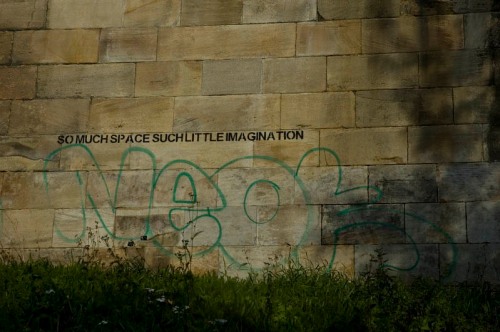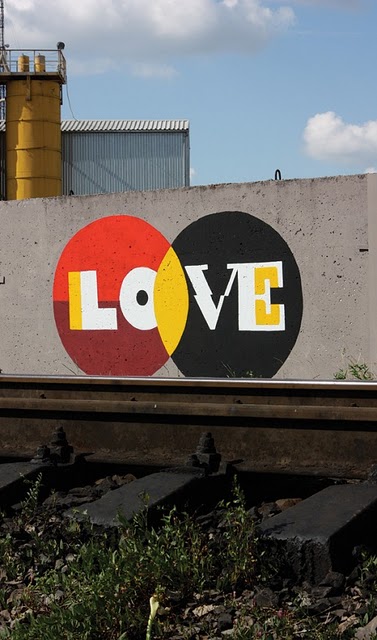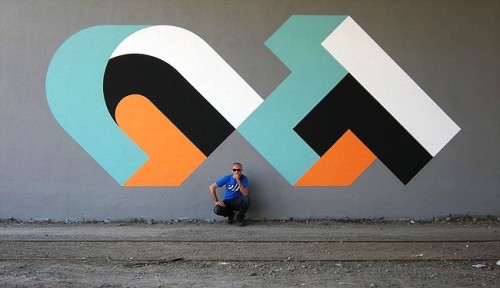By REA Project Manager Ellen Bonalsky
I recently spent a few days in the Finger Lakes region of our country. For those of you who are unfamiliar, the Finger Lakes are a pattern of 11 lakes in the west-central section of Upstate New York — about a 5-hour drive from the New York City area. Early map makers who drew this region nicknamed this region the “Finger Lakes” since each lake has a long and thin shape to it. During my visit I spent time on one of the largest lakes — Seneca Lake — which is 40 miles end to end and 3.5 miles wide.
There are over 100 wineries in the Finger Lakes Wine Country based on the “lake effect” climate being ideal to support lush vineyards. The grapes are protected from the first frost of the winter, since the lake retains the residual summer warmth, and are also immune from the spring frosts that can occur, as it carries over the winter cool into spring. The main grape varieties grown in this region are Chardonnay, Riesling, Pinot Noir, Cabernet Franc and many Vitis labrusca, which are American Native grapes, aka the fox grape. Seneca Lake is home to 34 of the above mentioned wineries.
One of the wineries on Seneca Lake that caught my attention ahead of the rest was the Red Tail Ridge Winery. They are written up as being “LEED Gold Certified.” At first I thought I was having trouble disconnecting from work, as we constantly partner with our clients to smartly highlight their LEED Gold status in marketing materials (should they be fortunate enough to have reached this benchmark). But as I investigated further I realized this winery was savvy, cutting-edge and put their best foot forward for the environment.
The LEED Gold certification was announced in early 2011 — and it is the first LEED Gold certified winery in New York State. The owners said they faced the small business dilemma that many other industries face – which is the challenge of fiscal reality and balance with their environmental ideals. They were lucky enough to find themselves in a win/win situation — they could be “green” and save over 50% in energy consumption. Red Tail Ridge’s LEED Gold certification was based on a number of their green design and construction features that positively impacted the project and the broader community. They partnered with Edge Architecture PLLC, from Rochester, NY for the building design, Chrisanntha Construction as general contractor and the LEED commissioning agent was Halco. Here is the specific list of what the full team did in order to achieve LEED Gold status:
- All heating/cooling requirements for wine processing is provided by geothermal energy
- The building was constructed from recycled materials
- All winery processing waste is recycled
- Natural lighting in winery eliminates need for artificial lighting during the daytime
- Low energy light fixtures are used throughout the winery
- 70% of total wood based building materials were harvested from FSC certified forests
Robert Mondavi once said, “Making good wine is a skill. Fine wine is an art.” I would like to personally ‘Salute!’ Red Tail Ridge Winery in Penn Yan, NY for creating an “art” that we can all feel good about when consuming.
Ellen Bonalsky is a project manager at the branding and digital marketing agency REA also known as Real Estate Arts.









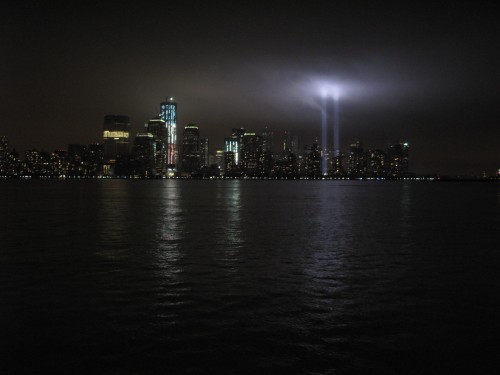


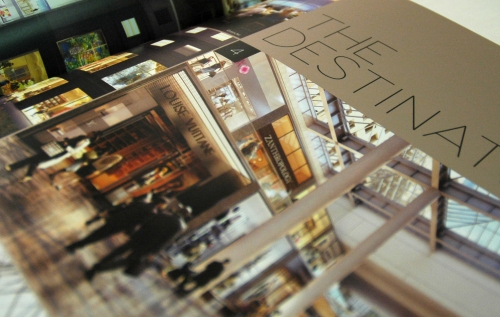
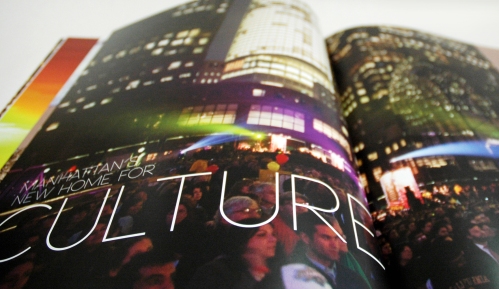
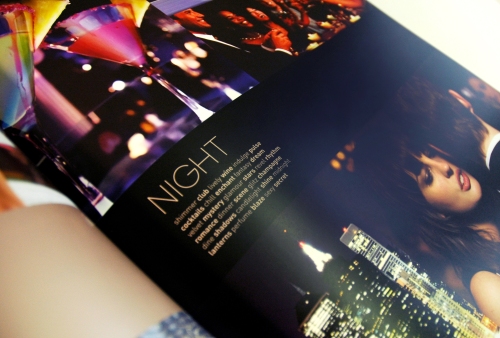

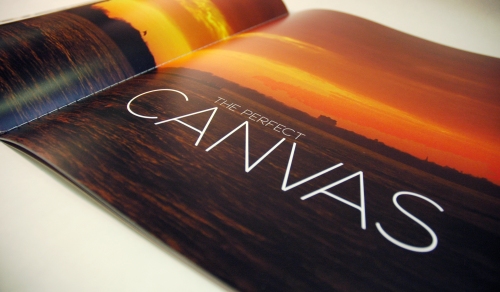




![Abingdonmill[1]](https://realestatearts.files.wordpress.com/2011/09/abingdonmill1.jpg?w=500)








